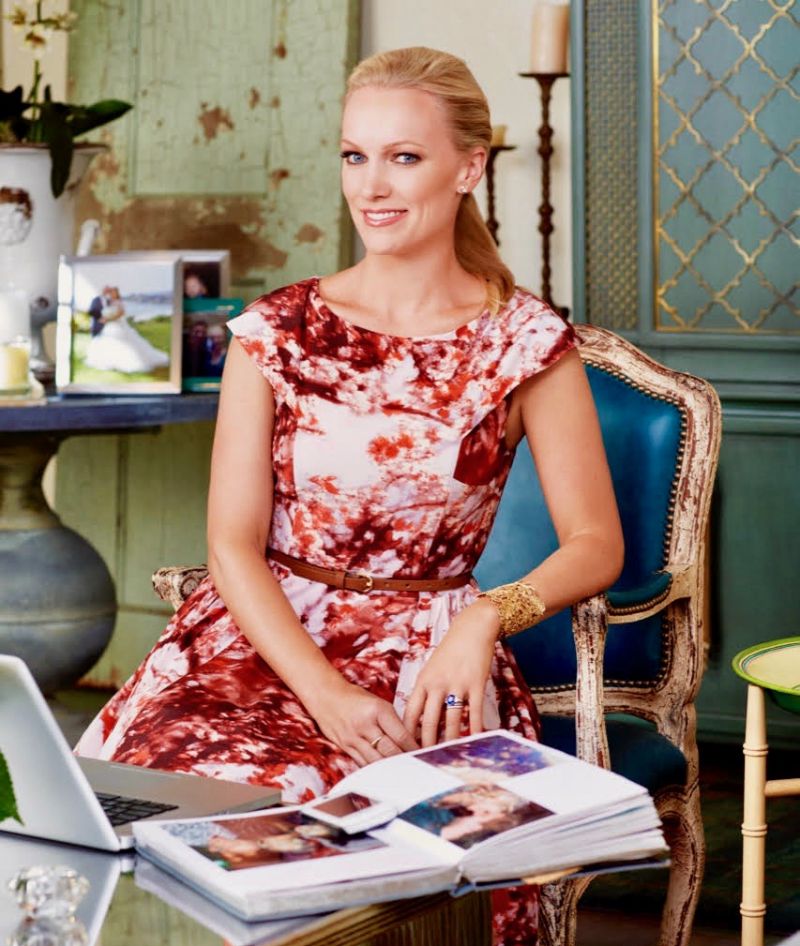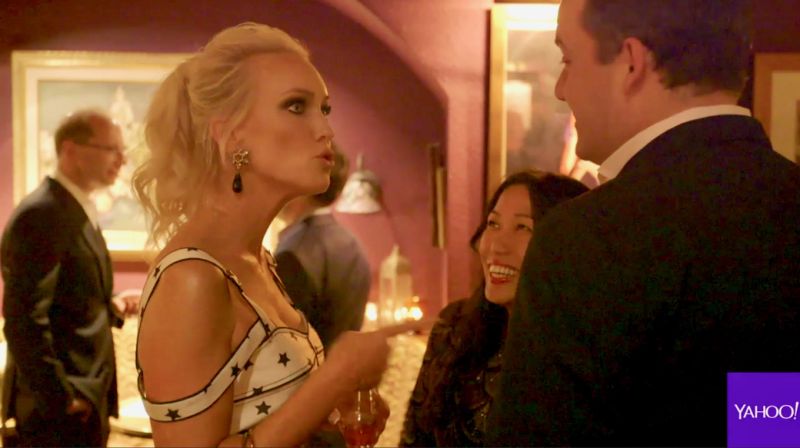Dating in any dense metropolitan area can seem like a herculean challenge, but try doing it in tech-savvy Silicon Valley, where scoring a date may be relatively easy, but cementing a relationship can be more difficult than raising another round of venture capital.
That’s where Linx Dating founder Amy Andersen comes in. While smartphone dating apps like Tinder, Bumble and The League have taken off since the iPhone launched in 2007, Andersen has established a successful business that seems downright counterintuitive, shirking complex algorithms for old-fashioned matchmaking. Over the past 14 years, the former Merill Lynch financial adviser has successfully paired hundreds of couples who work at high-flying tech companies including Apple (AAPL), Facebook (FB), Amazon, (AMZN), Google (GOOG), Netflix (NFLX), Square (SQ) and recognizable venture capital firms such as Andreessen Horowitz, to name just a few.
Price of following your heart


As Andersen sees it, Silicon Valley has its own unique pitfalls when it comes to finding a match. Many of these companies, whether they’re small startups or large, publicly-traded corporations, almost condition their employees to believe the mind can solve all complex problems, she contends.
“They are constantly using their IQ — naturally, as they should be — but, when it comes to matters of the heart, and where I fit into the picture for my clients, it becomes very challenging because falling in love and finding chemistry is about that emotional quotient, the EQ, and letting go, feeling, and really kind of feeling emotions,” Andersen adds. “It’s about people and connections and not necessarily a set of objective characteristics, tangibles or data that so many of these Silicon Valley types are used to.”
Andersen’s services aren’t for cash-strapped singles. The Menlo Park, California-based matchmaker has well over 50 premium clients who pay at least $35,000, and a “handful” of VIP clients, some of whom pony up as much as $500,000 for a series of hand-picked dates and coaching services. (Yes, really.) That’s in addition to the more than 500-plus, many of whom pay if they’re successfully matched up, as well as the 25,000-plus additional people in Andersen’s database.
One of her more recent successful VIP matches: a member of one of the ruling families of the United Arab Emirates with an Ivy League-educated entrepreneur. The couple, who married after only a few dates, welcomed their first child last year.
Real-life interaction


Text-savvy millennials love emojis and have their noses in a smartphone, but finding a match involves establishing connections IRL, or “in real life.” Which is why Andersen throws the occasional cocktail mixer, like the one held in mid-April at Marianne’s, a lounge in San Francisco’s South of Market neighborhood. The downtown haunt is a perennial favorite for tech companies with its antique couches, vinyl records and oddball knick-knacks that evince the vibe of a mid-20th century underground jazz lounge.
On this particular Thursday evening, Andersen gathered roughly 50 clients and single friends seeking that elusive connection. Many of the people in attendance were tech types or city socialites who have already tried their hand with the plethora of dating apps and websites out there — they just hadn’t found much success on them.
“My brother met his wife on OKCupid, but I’ve never had any luck on that site,” Ambar Pansari, a senior product manager for Uber, told Yahoo Finance at the event. “You send a lot of messages, and you don’t get any responses. With the apps, you match with people but the quality isn’t there. There are a lot of things you have to work through before you get to the point where you meet the quality person.”
Michelle Pender, a luxury real estate agent with the Paragon Real Estate Group who also attended the mixer, expressed similar sentiments.
“I’m looking for someone comfortable in their own skin, who has similar goals that I have and similar interests, and just chemistry,” Pender explained. “There has to be chemistry, which you can’t find on any kind of app.”
Ian Mausner, a money manager who splits his time between Los Angeles and New York City, shared similar experiences, having spent several years trying apps like Tinder but not having much luck, not because of the app itself, but because of how people these days behave in the virtual ether. Nowadays, many smartphone-toting singles suffer from a fickle shopping mentality — a downright Seinfeldian-level of nitpickiness. They think that, now more than ever, they can always find someone better, hotter, smarter and funnier just a few swipes away or geo-located just a few bikes away at SoulCycle.
“There’s just so many people, you can just swipe and see and date. You could date two or three times a night for the rest of the millennium. I think people have met great people, but they just don’t realize it. They’re always looking,” Mausner contended. “Half the people who are here are looking to see who’s coming in, and they’re not focusing on who they’re actually talking to. It took me a long time to learn that. I had to really learn myself and figure out what do I want. And then try to find it. I haven’t found it yet, but I’m having fun along the way.”
—
JP Mangalindan is the Chief Tech Correspondent for Yahoo Finance covering the intersection of tech and business. Email story tips and musings to jpm@oath.com. Follow him on Twitter or Facebook.
More from JP
Website: LINK

